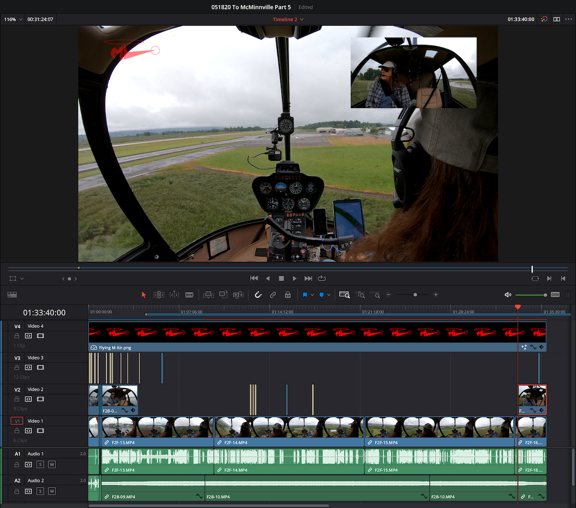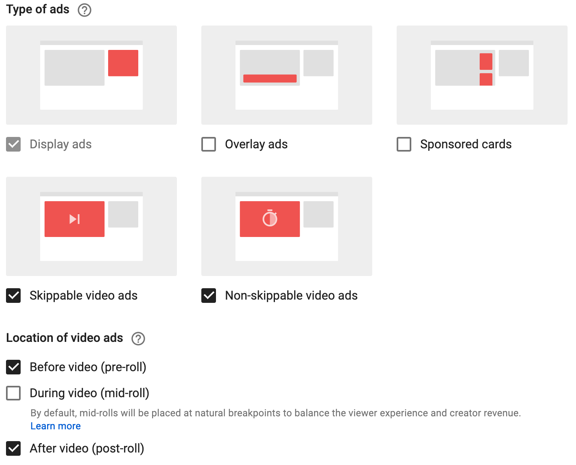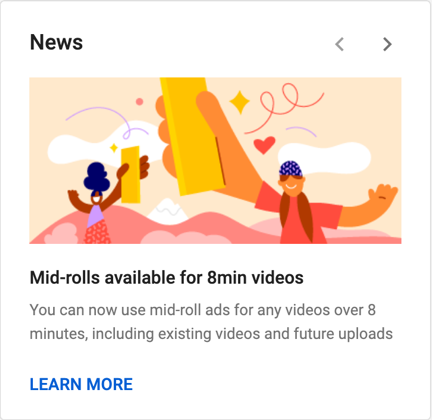I realize I have a bad video clip by the sound of my helicopter’s engine.
An interesting thing happened to me Saturday as I was editing the video for my most recent YouTube upload, Part 5 of my all-too-long, bad weather flight to McMinnville this past May.
First, you need to understand what goes into editing these videos. The short version is this: I take clips from multiple cameras and place them in the editing timeline (see below). I then move one or more of the clips to sync them up. For example, if the front-facing camera shows my left hand in the air, fingers spread wide, the back-facing camera should show exactly the same thing. This way, when I move or speak, the two views show the same motions and my lip movements correspond to my speech.
The front-facing video, which is the preferred view for my cockpit POV videos, also has the voice track, synchronized by the camera (of course) and sourced from a special cable connection to the helicopter’s intercom system. Simply said, whatever I hear in my headsets is sent through that cable to the camera, whether it’s me speaking into my mic or someone on the radio talking. The rear-facing video picks up ambient sound inside the helicopter, which is mostly the sound of the engine and rotor system.
So if I sync these two camera feeds properly, the helicopter sound should correspond with the phase of flight. This latest video shows this quite well near the beginning; as you see me bend forward to start the helicopter, you hear the sound of the helicopter’s engine starting.

This is what my Part 5 video looks like in Davinci Resolve, the editing software I use. The top two tracks are for my logo watermark and some of the callouts that appear. The next track is for the rear-facing PIP video clips with a few more of those callouts. (Honestly, the callouts should probably all be on the same track, but I’m sloppy.) The next track is for the front-facing camera. Below that are the two audio tracks: intercom audio (my voice, radio calls, etc.) and the sound of the helicopter, dialed down by 10 decibels.
In cruise flight, the helicopter sound is a pretty consistent drone. So consistent, in fact, that I have learned that I can patch in that sound from an unrelated flight if, for some reason, the actual sound from a flight is not available. The only time it makes a different sound is if I’m maneuvering: slowing down, making a turn, coming in for landing, etc.
With me so far?
I’ve grown to realize that although I can do a picture-in-picture (PIP) video that shows the view out the cockpit bubble with a smaller view with me in a corner, no one really needs to see me for a whole flight. I like to show me when I’m talking before or after a flight or if I’m “lecturing” about something and my face gets expressive. So once the two video feeds are synced, I’ll usually cut the back-facing video (but not audio) to give viewers a better look out the window.
Now because my videos are so long, they normally have multiple video files from each camera. That’s easy enough to deal with: when one clip ends, I just insert the next one, being sure to butt it up against the previous one. I do this for both views, even if I don’t plan on showing the back-facing view. After all, I still need the corresponding helicopter engine audio, don’t I? I just separate the video from the audio on that back-facing video and put the video portion on a hidden track so it doesn’t appear. Later, when I know I don’t need that portion of video track, I just delete it from the timeline.
And that’s when something weird happened yesterday. I was constructing the edited video, watching and listening to it as I worked. It was near the end and I was getting close to my destination, but I was still at full cruise speed. Yet the engine sounded wrong. It sounded as if I’d reduced power.
What the hell? I asked myself. What’s going on with the engine? Why didn’t I notice that when I was flying?
And then I looked at the corresponding back-facing video. I saw that it was no longer aligned with the front facing video, despite me adding each clip properly to the end of the clip before it. Although I was in normal cruise flight in the front-facing camera, I was coming in for landing on the back-facing video. Turns out that the back-facing camera had shut off recording along the way and then turned itself back on. (If you’ve watched enough of my videos, you know I have a finicky camera.) As a result, I had a gap in the recording.
Of course, this required me to jump through a few hoops to “fix” the problem. I basically reused some cruise flight audio to fill the audio gap, then synched up the two views for landing so the engine sound would match the phase of flight. (It’s workable, but not perfect.) If you watch the video to the very end, you’ll see that I also brought the PIP image back in and got the synching just right. You probably wouldn’t even notice the problem if I didn’t just tell you about it.
But my point is this: when you fly the same aircraft so much, you become in tune with its sounds. I immediately noticed the problem when I watched the video and couldn’t understand, at first, why I hadn’t noticed the engine sound difference in flight. The reason, of course, is that it didn’t happen then, when I was in cruise flight. It happened later when it should have. There was nothing to notice in flight.
If you’re a pilot and you’ve been flying long enough in the same aircraft to to know it well, you should notice changes in the engine sound for different phases in flight. The engine is talking to you. It should be reacting to what you tell it to do. In a way, you’re communicating with each other.
But when your engine starts leading the conversation, you’d better be listening to it.


